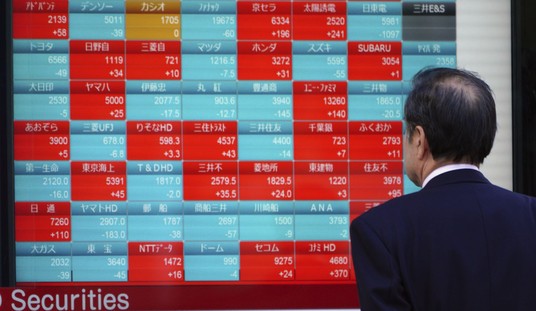"Once people come to believe, for whatever reason, that life is no longer worth living, that belief tends to become self-fulfilling," wrote Joseph Hallinan, in a May 7, 2014, "Psychology Today" article titled "The Remarkable Power of Hope."
Hallinan, a Pulitzer Prize-winning writer, referenced "the work of late Johns Hopkins professor Curt Richter. In the 1950s, he conducted a gruesome experiment with domesticated and wild rats." Richter would put the rats into a jar of water and watch them drown. Three of the 12 domesticated rats died rapidly. "The nine remaining rats did not succumb nearly so readily; they swam for days before they eventually gave up and died," wrote Hallinan.
While the wild rats were more ferocious and better swimmers, all 34 died within minutes of entering the water. Richter's hypothesis, "'The situation of these rats scarcely seems one demanding fight or flight -- it is rather one of hopelessness,' he wrote. '[T]he rats are in a situation against which they have no defense...they seem literally to 'give up.'"
Richter then took similar rats, put them in the jar, but rescued them before drowning, he held them and then put them back in the water. "In this way," he wrote, "the rats quickly learn that the situation is not actually hopeless."
The rats recovered "almost immediately. When the rats learned that they were not doomed, that the situation was not lost, that there might be a helping hand at the ready -- in short, when they had a reason to keep swimming -- they did. They did not give up, and they did not go under.
Recommended
"'After elimination of hopelessness,' wrote Richter, 'the rats do not die.'"
The lack of hope can also be tied to the rise of populism.
The rise of populism is a combination of low expectations (i.e. dearth of hope) and a low trust in government, according to an April 7 Gallup report titled, "Hope, Trust Deficits May Help Fuel Populism."
"Gallup terms those who lack confidence in their national government as 'disaffected' and those who rate their lives on the same footing or worse in relation to their current lives as 'discouraged.'"
According to the report, in the United States, "an initial surge in disaffected and discouraged citizens in 2007 and 2008 [to 25 percent in 2008] points to the possibility that the Great Recession triggered a social phenomenon that has not yet subsided. President Barack Obama's election resulted in a temporary reprieve, as the majority of residents expressed optimism about the future. The disaffected and discouraged indicator began climbing again in 2009, reaching its peak of 28 percent in 2011, and then again in 2015."
While President Obama might have promised hope and change during his campaign, for many in the country, he did not deliver, as evidenced by the rise in the numbers of disaffected and discouraged people in 2011 and 2015. This, combined with a general increase in distrust for government, led in turn to the rise of populism and the election of Donald Trump in 2016.
As we enter the Advent season, a time for western Christian churches to prepare for the celebration of the birth of Christ, our connection to faith and hope appears more evident to me. It's hard to be hopeful if you think there is no possibility of something better in the future, either in this life or the next.
Hopelessness can change, according to Martin Seligman, author of "Learned Optimism, How to Change Your Mind and Your Life," (Oxford University Press, 1995).
According to Seligman, "it's a matter of ABC (Adversity, Belief, Consequence)...pessimistic explanations (permanent, universal and internal) set off passivity and dejection, whereas optimistic explanations (temporary, specific and external) energize." When looking to understand an event, instead of thinking of the permanent, pervasive and personal belief, scan for the temporary (or changeable), specific (i.e., related to a specific event rather than an entire life), and the non-personal (i.e., the event was not due to you).
Once the D (disputation) is added to the ABC (adversity, belief and consequence), the result is E (energy) rather that lethargy. It's understanding that things can get better -- the hope of things to come.
We've all experienced times of hopelessness -- times when we want to pull the covers back over our heads, give up a project, stay in bed or bury ourselves in an addiction that spares us from having to deal with the world as it is, or at least as how we perceive it to be.
During this time of Advent, of anticipation, we can learn from the rats by reevaluating our views of the world, of what we can and cannot change and look toward the power of hope.

























Join the conversation as a VIP Member